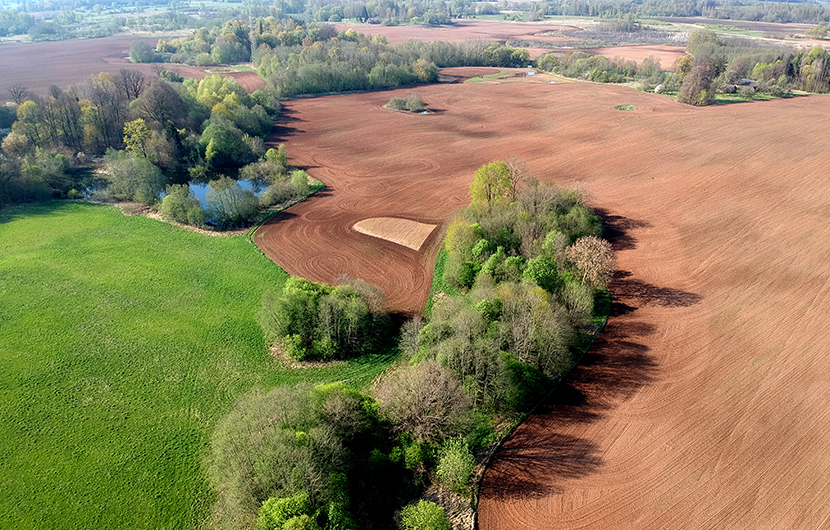Global Biodiversity Score : a tool to establish and measure corporate and financial commitments for biodiversity
Cahier de Biodiv’2050 n°14

Sommaire de la publication
1.Context 2.Role of the Global Biodiversity Score in the biodiversity footprint landscape 3.Update on methodological developments
|
4.Case studies
5.FAQ CONCLUSION AND PROSPECTS |
RÉSUMÉ
Global Biodiversity Score: a tool to establish and measure corporate and financial commitments for biodiversity
What are the options to reduce the onsite and value chain-related biodiversity impacts of a business? How can financial institutions assess the risks related to the biodiversity impacts of their activity and that of the businesses they finance? How can such information be incorporated into their risk management policy? Can businesses
set quantitative targets to reduce their impact on biodiversity as they do for
climate?
The Global Biodiversity Score (GBS) is a corporate biodiversity footprint assessment tool which seeks to answer these questions. It assesses the biodiversity impacts of economic activities across their value chain, in a robust and synthetic way. It is developed with the support of about 30 businesses and financial institutions gathered in the Business for Positive Biodiversity Club (B4B+ Club) and through collaborations with academics, NGOs and other corporate biodiversity footprint initiatives.
This 2018 update clarifies the role of the GBS compared to other tools under development, transparently describes the latest technical developments, shares preliminary results of road testing of the tool with businesses and provides a FAQ answering the most common questions about the GBS.
Édito

Anne Larigauderie
Executive Secretary of IPBES
